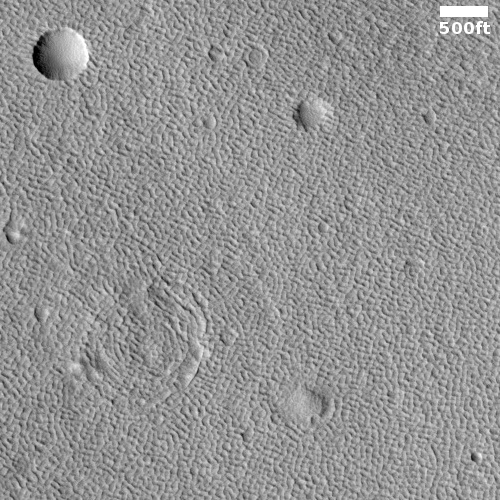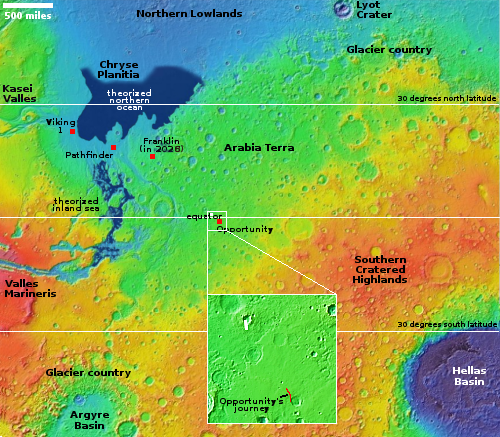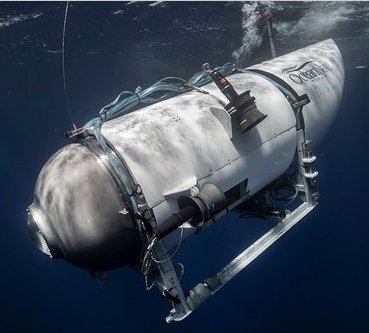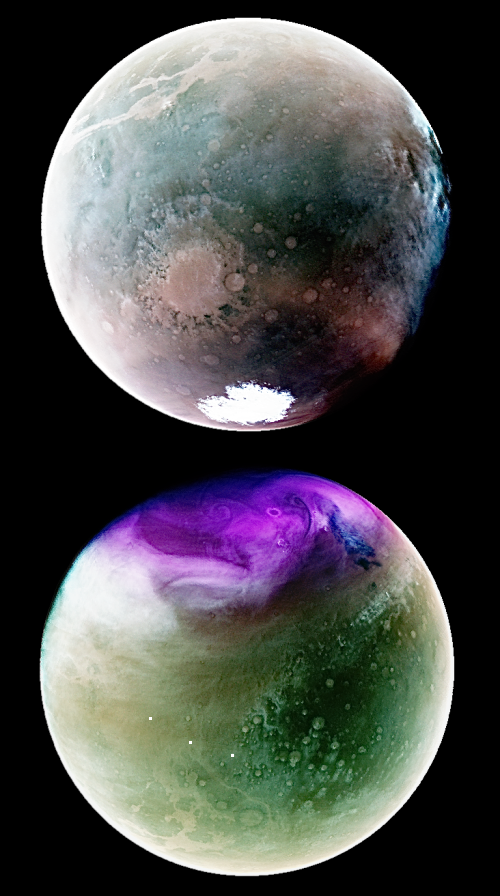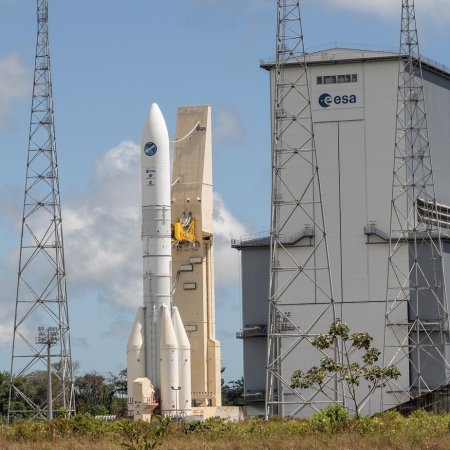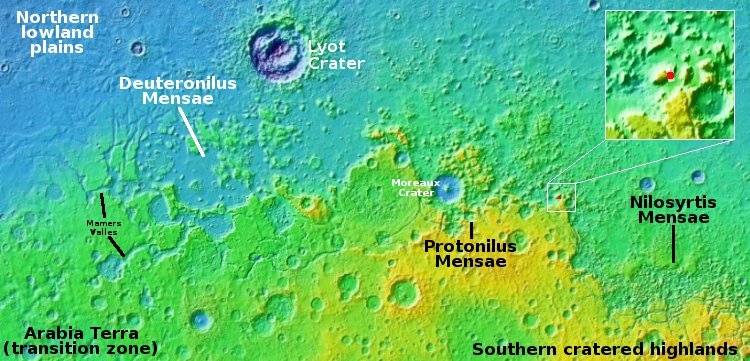The insidious presence of porn in K-12 public schools

The Harrisonburg school board and its superintendent, just one of many
school boards nationwide that have been promoting the queer agenda to little
kids, against the wishes of parents.
In the past three years it has become routine to see stories almost weekly of school board meetings where parents arrive en masse complaining loudly about the pornography they have discovered openly available in school libraries. Similarly, there are numerous other stories of public school teachers and programs eagerly promoting the queer agenda in the classroom, sometimes doing so secretly when faced with parental opposition.
The situation however is far more insidious than suggested by these stories alone. It seems that this issue has been building for a long time, unnoticed by parents and kept quiet by school officials and teachers as they introduced these materials widely in school curriculums and libraries.
For example, why is it that these pornography books, clearly written to appeal to young minds, have appeared so widely in so many schools throughout the nation? The books haven’t just appeared in states controlled by Democrats, but many places, from Florida to Arizona to Georgia to Michigan to Pennsylvania to Maine to Rhode Island to Wisconsin to Virginia. It seems absurdly impossible that so many different and widely spaced school systems would so completely and all at once accept such graphic sexual materials, written for children under twelve.
And yet, these books have been purchased by schools everywhere, in every state in the union. Such widespread eagerness suggests a strong organized effort within the education community to promote the teaching of sex to little kids. This is confirmed by a review of the queer agenda books recommended to teachers and schools by Scholastic, which is one of the main sources for school librarians. From its own webpage, celebrating the queer agenda:
» Read more

